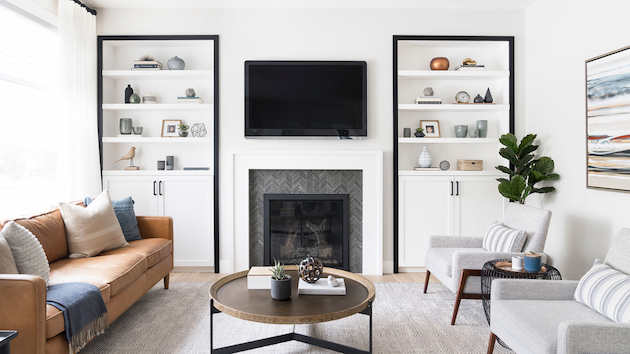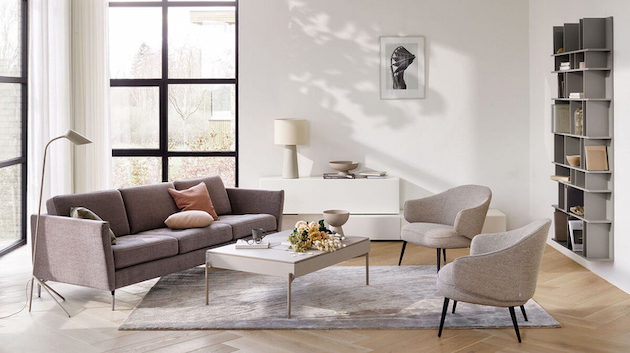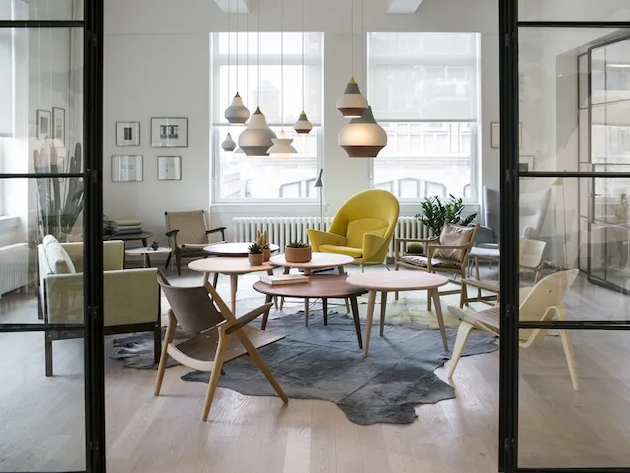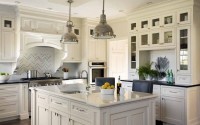Easy Ways to Bring the Timeless Scandi Design into Your Home
When a design trend stays popular for almost a century, it’s not a trend anymore. It has become a classic design style with recognisable features and principles. Emerging in the 1920s and gaining worldwide recognition in the 1950s, the Scandinavian design remains as popular as ever. We see it everywhere: on TV, in magazines, and in our friends’ houses. But why is Scandinavian interior design so popular?

The Timeless Scandinavian Design
What has made the Scandinavian interior design so popular is the fact that people find its basic principles very appealing:
- Simplicity
- Functionality
- Craftsmanship
Along with these principles, Scandinavian promotes democracy and affordability. The initial idea behind the bespoke Scandinavian furniture pieces was that every homeowner should be able to afford them to create a cosy home.
Scandinavian means minimalism. When we think of modern minimalism, we often imagine clean lines and empty, monastic-like spaces. Scandinavian, however, is everything but cold. It encourages maintaining a clutter-free, airy, and spacious home. At the same time, it creates inviting, cosy areas letting light and nature in. What are the characteristics of Scandinavian furniture, and how can you use it to implement the Scandinavian design into your home, no matter your current design and style?
The Scandinavian Furniture Design
During the first golden age of Scandinavian design, which was from the 1930s to 1970s, furniture designers from Scandinavia created designs that had innovative features. Consisting of some unique twists compared to traditional and modern furniture pieces, they have become easily recognisable by other designers and common people.

Offering the right balance between the interior look and the overall ambience, such furniture pieces worked well in any home, especially with neutral walls and open spaces. People loved them because they were highly functional yet aesthetically very pleasing. If you’re looking to buy Scandinavian furniture for your home, you’ll notice that until today it features the same characteristics.
Light Coloured Wood
Scandinavians show great appreciation for nature in their designs. They had minimal resources in the past, making them use them wisely and carefully. They also noticed that bringing natural elements into their homes, especially light coloured woods, stone and greenery, complemented the light spaces they strived to create. This has influenced the design of their furniture as well.
Scandinavian furniture pieces are often made of solid wood. This provides excellent support and delivers great durability for many years. The most used woods are those with a lighter colour, such as ash, poplar, or pine. They’re often crafted smoothly to create a design in which the material stands out.
Clean Soft Lines and Balanced Proportions
The clean, soft lines and the balanced proportions give the Scandinavian furniture a look that is compatible with any interior design, especially modern. Think simple design armchairs in neutral colours, oak coffee tables, or curved wooden benches with soft cushions on top of them. These are so versatile that they can look good placed elsewhere, creating a cosy corner.
Lightness
Whether it’s the choice of upholstery fabrics or the shape of the furniture, there’s a dose of lightness in the overall look of the Scandinavian furniture design. This makes it unique, distinctive and eye-catching.
Functional and Flexible
Scandinavian screams functionalism. Both Scandinavian designed rooms and separate furniture pieces are created to have many uses. Traditionally, Scandinavian rooms are smaller, which means making the most out of a space is vital. How do they do that and still manage to have uncluttered clean spaces? They remove unnecessary items that serve no use except decoration. And then replace these with multiple-use furniture pieces. This concept was popular back in the 50s when homes became smaller. And it’s still popular today, whatever the size of our home, as we all strive towards creating more spacious and open home areas.
When you’re looking to buy Scandinavian furniture, the key is to look for pieces that serve more than one purpose. Such are coffee tables with storage, benches with built-in shelves, multi-functional tv units and racks. Modular shelving, where you can tailor the shape of the storage to your space, is also becoming a very popular trend.
How to Combine Scandinavian with Other Design Styles?
People will say that there are as many designs as there are people, which may be true to some extent. Besides the variations, however, several major design styles can be identified, including mid-century modern, traditional, boho, industrial, glam and zen. Whatever the look of your home, you can implement Scandinavian into it and create the element of hygge. Here are three easy ways to do it.

Highlight What the Two Styles Have in Common
As there isn’t a thing such as an isolated design style, you can always find something that two styles have in common. This is easier if the two styles are more similar, like Scandi and modern, or Scandi and Zen. But mixing is possible even for two completely different styles. Take glam, for example. It screams glitziness, meaning shiny metallics, marble, and velvet. If you have home design oriented towards the glam glitz, you can still implement Scandinavian. How come? Both Glam and Scandi use a lot of (faux) fur and mirrors to create the illusion of a larger space. And both favour a neutral palette. You can use these advantages to create a space that feels both cozy and plush.
Play with Colour and Texture
Contrast is one of the primary key features of the Scandinavian design. You can use it to create cohesion with what you already have. Colour isn’t the only way to create a contrast. You can use texture and match wood, metals, fabrics and patterns to bring your design together.
The 80/20 Rule
This is a famous interior design rule. It presents an easy way to incorporate a secondary design style into an existing one. One way you can comply with it is to use small, transitional items. Such are ornaments, cushions and artwork. You can start small and then gradually put in larger pieces in the picture to get used to the new style.



